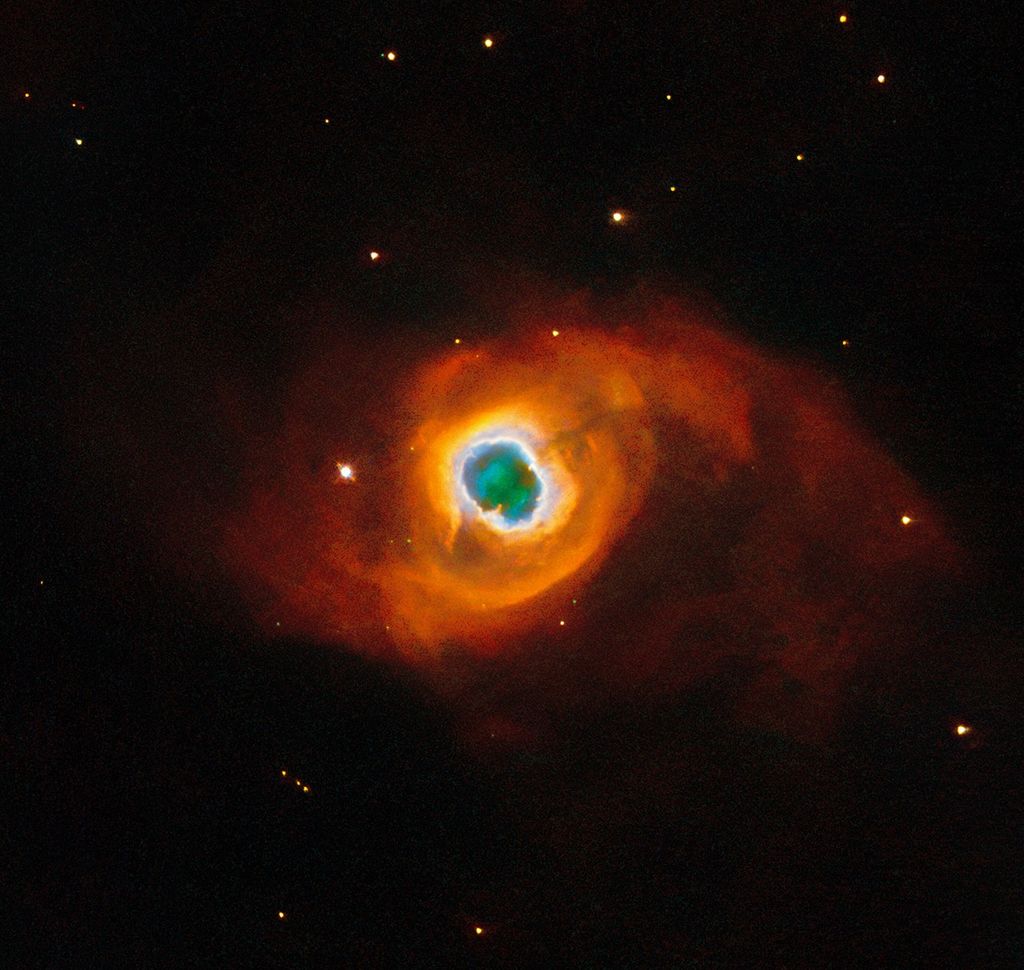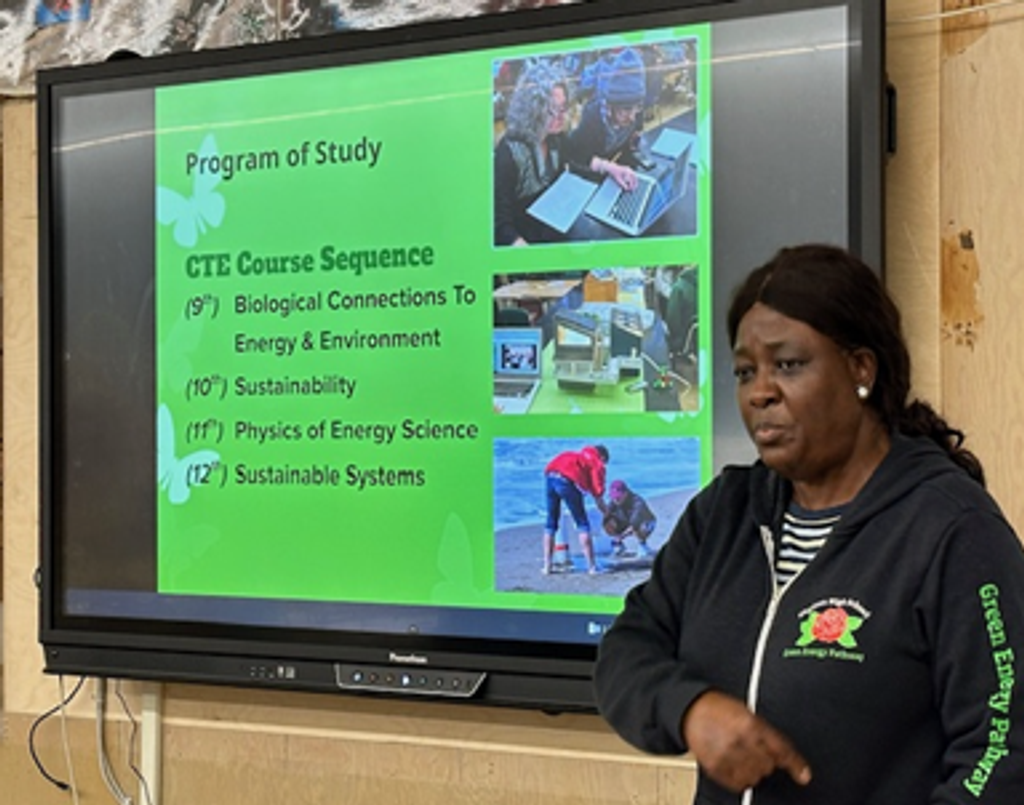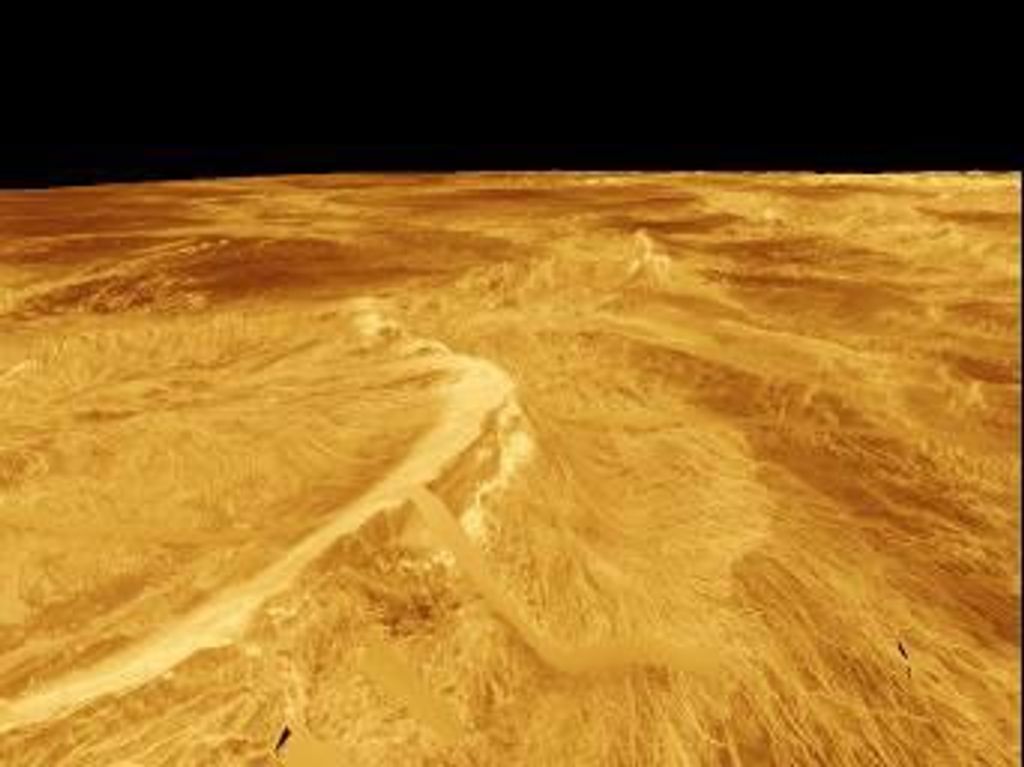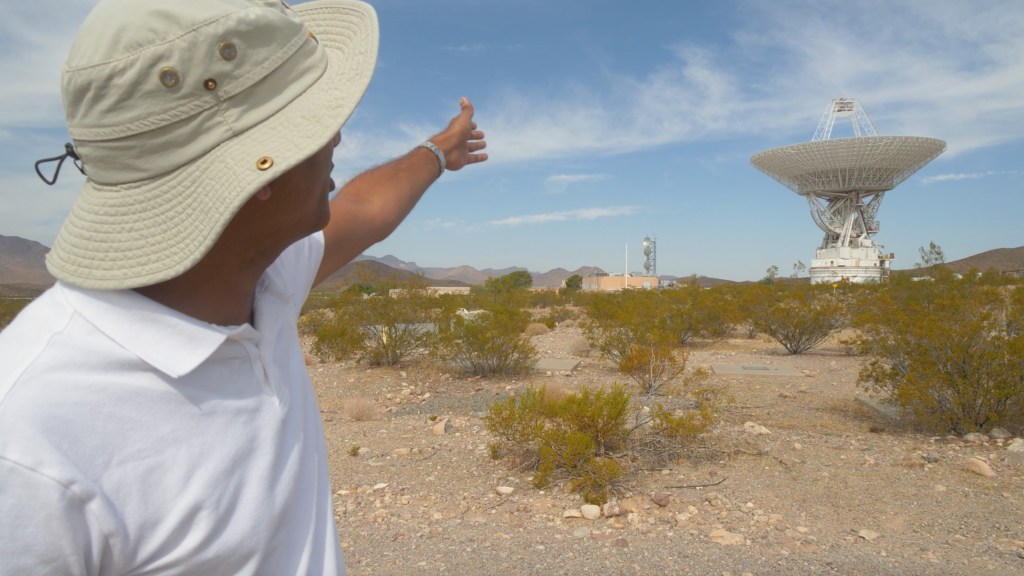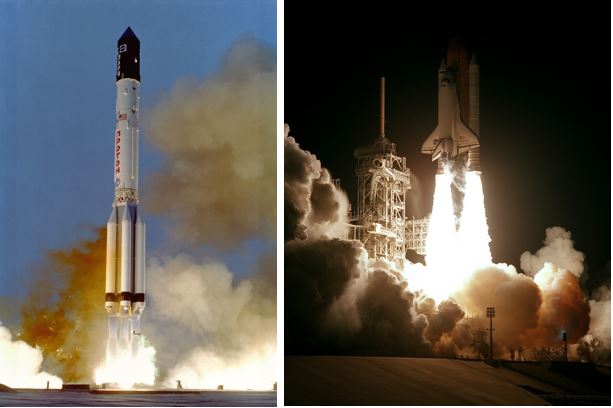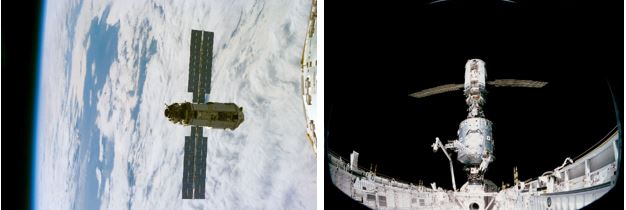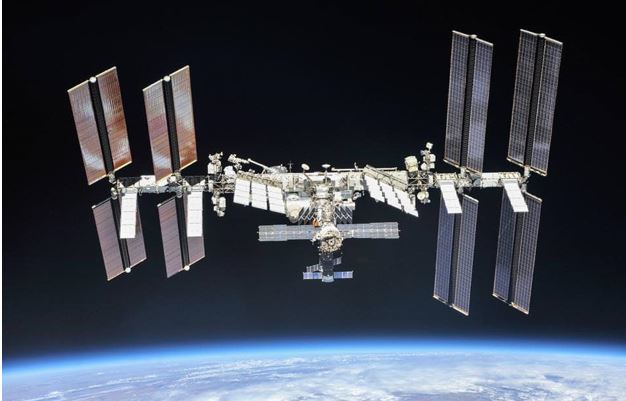The largest, most complex international construction project in space began on the steppes of Kazakhstan 20 years ago today. Atop its Proton rocket, on Nov. 20, 1998, the Zarya Functional Cargo Block (FGB) thundered off its launch pad at the Baikonur Cosmodrome into cold wintry skies. Zarya was built by the Khrunichev in Moscow and served as a temporary control module for the nascent ISS. Nine minutes later, Zarya was in orbit and began unfurling its antennas and solar panels, seemingly coming alive in the airless environment of low Earth orbit. The launch of the first element of the International Space Station (ISS) kicked off an incredible journey of orbital assembly, operations, and science.
The ISS Program can trace its roots back to 1984, when President Ronald W. Reagan proposed that the United Stated develop an Earth orbiting space station. The United States invited Canada, Japan, and the European Space Agency (ESA) to join the project in 1988, and five years later President Bill Clinton invited Russia to join the partnership. Russia not only brought its many years of experience with long-duration human space flight to the program but also modules for the planned Mir 2 space station. Former adversaries on Earth were now working together to build the largest laboratory in space.
On Dec. 4, Space Shuttle Endeavour on the STS-88 mission roared off Launch Complex 39A at Kennedy Space Center in Florida, carrying the Unity Node 1 module in its cargo bay. Built by The Boeing Corporation at a facility at the NASA Marshall Space Flight Center in Huntsville, Alabama, Unity was the first American component of the ISS. Two days after launch, Endeavour and her six-person crew rendezvoused with Zarya, and using the Shuttle’s robotic arm, captured the Russian module and mated it with Unity. Designed and built by engineers thousands of miles apart and never joined together on Earth, the first two modules of the ISS fit perfectly together when they met in space. The STS-88 crew spent the next few days making connections between the two modules before releasing the newly formed but still embryonic ISS. This marked the first step in the assembly of the ISS, which continued for 13 years.
By late 2000, the ISS was ready to receive its first long-duration residents. On October 31, the Expedition 1 crew of William M. Shepard, Sergey K. Krikalev, and Yuri P. Gidzenko blasted off from Baikonur and docked with ISS two days later. Since that day, international teams of astronauts and cosmonauts have kept the ISS permanently occupied, performing the routine operations and maintenance on the station including dozens of spacewalks and conducting research in a wide array of scientific disciplines.
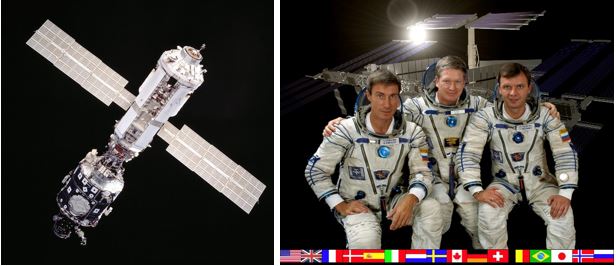
Today, the ISS is the largest space vehicle ever built and a unique laboratory for conducting research in a wide variety of scientific disciplines. Including its solar arrays, it is as large as a football field. The habitable volume in its various international modules is larger than a six-bedroom house. Since November 2000, more than 230 individuals from 18 countries have visited the ISS. As a laboratory, the ISS has hosted more than 2,500 scientific investigations from more than 100 countries.
Relive the launch of Zarya as narrated by JSC PAO Rob Navias. https://youtu.be/6qGgtpuTtoo
For more on the ISS, visit International Space Station
To see the ISS fly overhead from where you live or work, visit https://spotthestation.nasa.gov/

